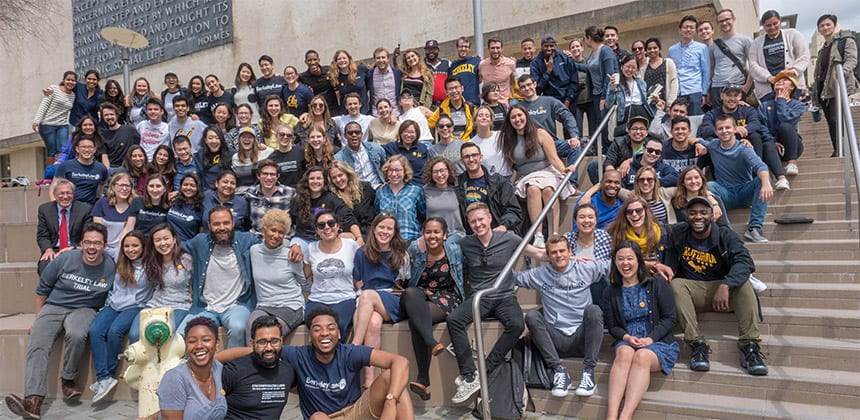
By Andrew Cohen
For Berkeley Law applicants who have been admitted by the school, there’s a natural curiosity about the community they may join.
The current 1L class—3.81 median GPA, 168 median LSAT, 49 percent people of color, 11 percent first-generation college students—reflects the school’s excellence and diversity. They include a former CNN photo editor, NBA Twitter account manager, radio talk show host, “Sesame Street” performer, python catcher, NASA jet propulsion lab worker, and fire dancer.
At Berkeley Law, the talents and tenacity students bring and the new skills they develop while here are a continual source of inspiration. Here are 10 stories about remarkable students from just the past few months.
Cultivating a Latinx Legal Community
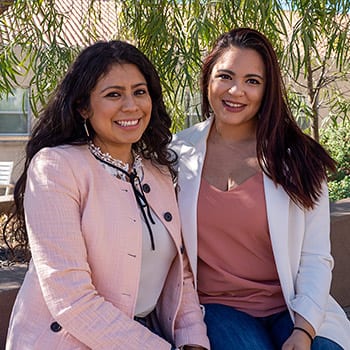
When Katelyn Feliciano ‘21 was considering law schools, she wanted to find a Latinx community—something she lacked as an undergrad. She saw that the Berkeley La Raza Law Journal was “one of the only journals focused on Latinx issues and scholars in the T14 (top 14 ranked law schools). Then when I came to Admitted Students Weekend, La Raza students were so welcoming. The co-chair … told me about the academic and professional development, the programming, and just the great community of people. It really sealed the deal for me.”
Feliciano and Estefani Rodriguez ‘21, co-chairs of the school’s La Raza Student Association, spent months planning the curriculum and lining up speakers for 16 panels at this year’s National Latino Law Students Association Conference March 5-7. Hosted by Berkeley Law for the first time, the event confronts topics relevant to Latinx attorneys, law students, and prospective law school applicants while building community and professional networks.
The main message? “Be brown, be proud, and bring that to law school,” Rodriguez says. “I think a lot of Latinx students, especially first-generation students, deal with imposter syndrome. But you shouldn’t feel because you’re coming to law school that you have to lose your identity. I think this conference will help Latinx people feel like they belong here and that their voices are valuable.” Read more.
Home State Advantage
Thanks largely to the initiative of two students in Berkeley Law’s Policy Advocacy Clinic, Nevada families no longer have to pay thousands of dollars for everything from food to a public defender when they have a child in the juvenile delinquency system.
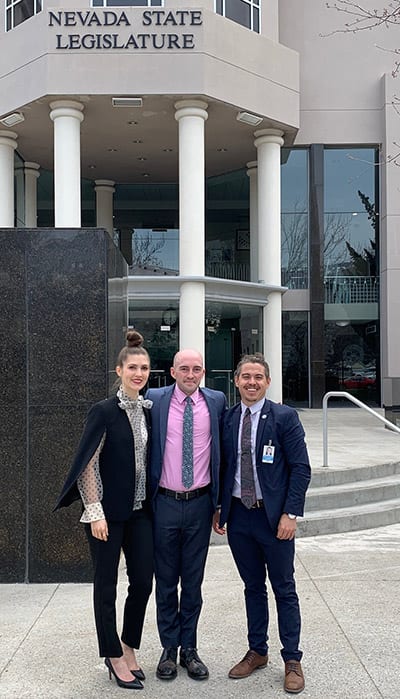
Nevada natives Savannah Reid ’20 and Dagen Downard ’20 were instrumental in the unanimous passage of a state bill ending the harmful practice of charging fees to parents and guardians for almost every aspect of their children’s involvement in the juvenile system. The clinic’s extensive research in states and counties across the country shows the fees disproportionately harm poor families and families of color, and that collecting such fees is not cost-effective.
“I don’t feel comfortable taking credit for the passage of this bill. This was the work of Savannah and Dagen in particular,” says Denise Tanata, executive director of a Nevada nonprofit (Children’s Advocacy Alliance) that partnered with the clinic. “I guarantee that this bill would not have gone forward without … the work the students did.” Read more.
Taking the Criminal Justice High Road
The easy path holds little interest for Safa Ansari-Bayegan ’20. Throughout her journey toward the legal profession, one filled with awards and accolades, she remains driven to probe the deep-rooted causes of crime—and to trek uphill helping low-income defendants.
Starting this fall, those efforts will get a huge boost as an E. Barrett Prettyman Fellow. Awarded to just three 3Ls from hundreds of applicants, the coveted two-year LL.M. fellowship at Georgetown Law funnels vast resources toward developing stellar, devoted indigent defense counsel through rigorous training. Ansari-Bayegan will receive stipends totaling $117,000, with full benefits, in addition to full tuition and fees.
“The amazing clinical experiences I’ve had here at Berkeley Law made this possible,” she says of her work with the school’s Death Penalty Clinic and East Bay Community Law Center. Read more.
Pathway for Patriots
Active military and veteran students are a growing presence at Berkeley Law, enriching the collective learning environment and providing real-world perspective. Eleven are now finishing their 2L year, having entered law school—just as they entered the military—from all kinds of backgrounds and for all kinds of reasons.
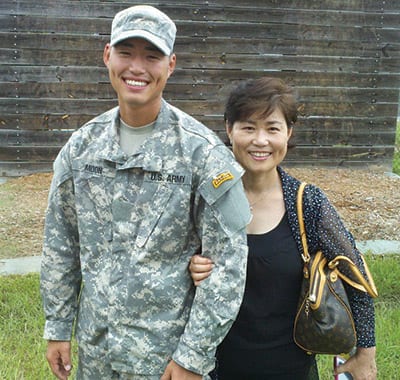
Students are expanding robust programming on military-related issues while building a network of veterans and military affiliates within the legal profession, and a recently created scholarship fund will help recruit more applicants from the armed forces.
“I think the idea of service through promoting justice makes law school an appealing option for veterans,” says Chris Moon ‘21, a former Army intelligence analyst and Ranger School graduate. “You encounter people from all walks of life in the military, which helps ease the transition to any new situation. And adjusting to Berkeley Law is easier because the students are collaborative and very down to earth.” Read more.
Big Win in the Big Easy
New Orleans boasts quite a reputation as the epicenter of party culture. No argument from four Berkeley Law students who had plenty to celebrate there after winning the American Bar Association Student Trial Advocacy Competition in labor and employment law.
Arguing a mock case involving a whistleblower retaliation claim under the Sarbanes-Oxley Act, Hannah Braidman ’21, Daina Goldenberg ’20, Alex Lyons ’20, and Paul von Autenried ’20 bested more than 50 other law school teams.
“Strong chemistry and cohesion … is crucial,” Braidman says. “I think that’s where we really succeeded.” Read more.
Linking Children’s Rights with Technology
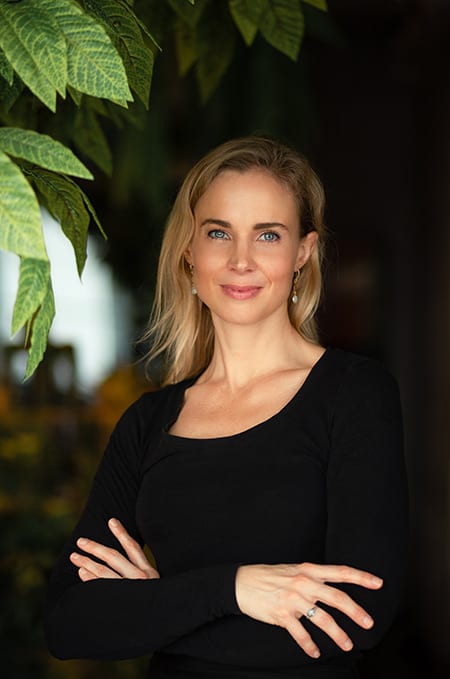
While working as a youth advocate human rights lawyer in Africa and Asia, Emma Day ‘20 saw how easily kids in developing countries can be exploited—often by foreigners and especially online. The pace of technology children were using outstripped the ability of parents and law enforcement to protect their privacy and safety.
The difficulty of investigating abuse cases involving such apps prompted Day to co-found a nonprofit, Child Redress International, which matches victims with pro bono lawyers who help them seek compensation from their abusers. The urge to do more—to make a direct connection between legal advocacy and technology policy—drew Day to Berkeley Law’s LL.M. program.
“It’s opened my eyes to a lot of things related to children’s rights,” says Day, a Fulbright Scholar
from England. “I’m learning huge amounts every day … the method of teaching here is very engaging.” Read more.
DACA-Driven
A campus tour guide during his freshman year at UC Berkeley, Yongbin Chang ‘22 had a life-changing moment when, while speaking to roughly 300 parents of incoming students, he revealed that he was undocumented.
“I was shaking and wondered if I could get the words out,” Chang says. “After, a parent came up and said he’d skipped work for the first time to bring his daughter to college. He told me she was undocumented, and that hearing my story made him feel like she would be okay. He started crying, I started crying … it was a powerful moment to step up and help other people know they’re not alone.”
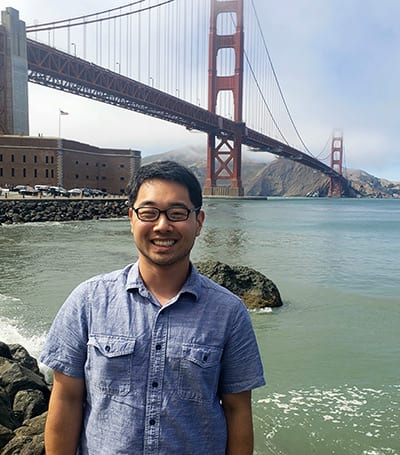
Berkeley Law’s pro bono and clinical programs provide wide-ranging legal assistance and support for DACA recipients, more than 188,000 of whom live in California. Read more.
A Cause for Paws, Hooves, and Claws
When Nikita Yogeshwarun ’20 was in high school, a teacher challenged her use of a s/he pronoun in an essay on endangered species in circuses. An animal, the teacher said, should be an “it.”
“Our rhetorical structures—from grammar to idioms—literally objectify non-human animals,” Yogeshwarun says. “My act of lingual resistance was seen as ‘radical.’”
The desire to push back at that thinking is part of what led her to Berkeley Law. And it informed her work with a group of fellow students to create the Animal Law and Advocacy Project, one of the school’s newest pro bono Student-Initiated Legal Services Projects (SLPS). Read more.
Combating Child Labor and Slavery in Africa
Despite a 2001 international agreement to combat child labor and slavery in West Africa, more children than ever are working in dangerous conditions at cocoa plantations there. As three International Human Rights Law Clinic students helped document, young children—often trafficked and then enslaved—still fuel the world’s lucrative chocolate industry.
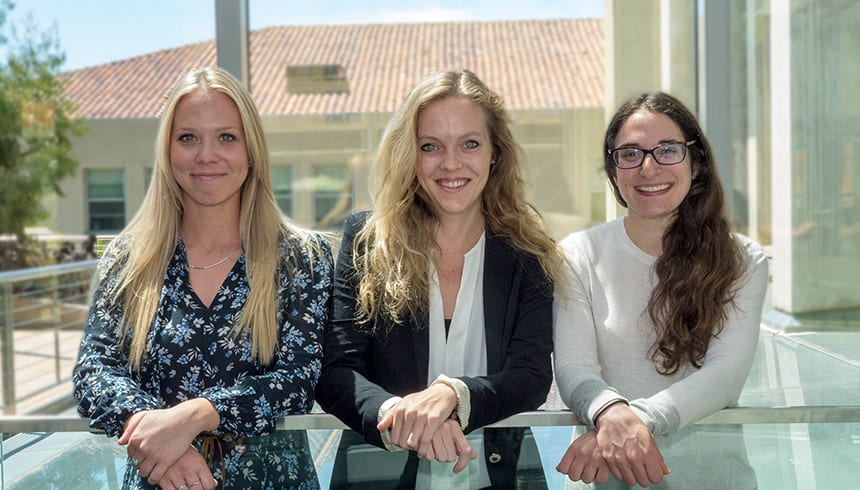
“We talked to children who were clearly 7 or 8 years old max, using machetes, climbing trees, cutting open cocoa pods,” says Kelsey Peden ‘21, who spent a week in the Ivory Coast with Melina Cardinal-Bradette LL.M. ’19. “We saw young girls walking down the street with chemical containers as big as they were strapped to their backs, a lot of shocking uses of the worst forms of child labor.”
Peden, Cardinal-Bradette, and Alexandra Zaretsky ’20 performed extensive research, conducted interviews, and took photos—now evidence for two ongoing lawsuits about child labor in the Ivory Coast, the largest chocolate producer worldwide. Read more.
Powerful Photos, Powerful Words
A talented photographer and community-focused Berkeley Law student, Anya Ku ‘20 wanted to address a seemingly simple yet vastly complicated question: “What does it mean to be a womxn of color in law?”
Given the lack of diversity within law schools and throughout the legal profession, Ku wanted to shine a light on such women and to share their insights. The result is the Womxn of Color Collective Portrait Project, a law school gallery exhibit that showcases striking photos of 22 Berkeley Law students and their first-person accounts.
“It is intended to show how diverse our diversity is and how our stories make us stronger,” Ku says. “It is intended to show you that, even though it may feel like it, you are never alone. Read more and see the photos.